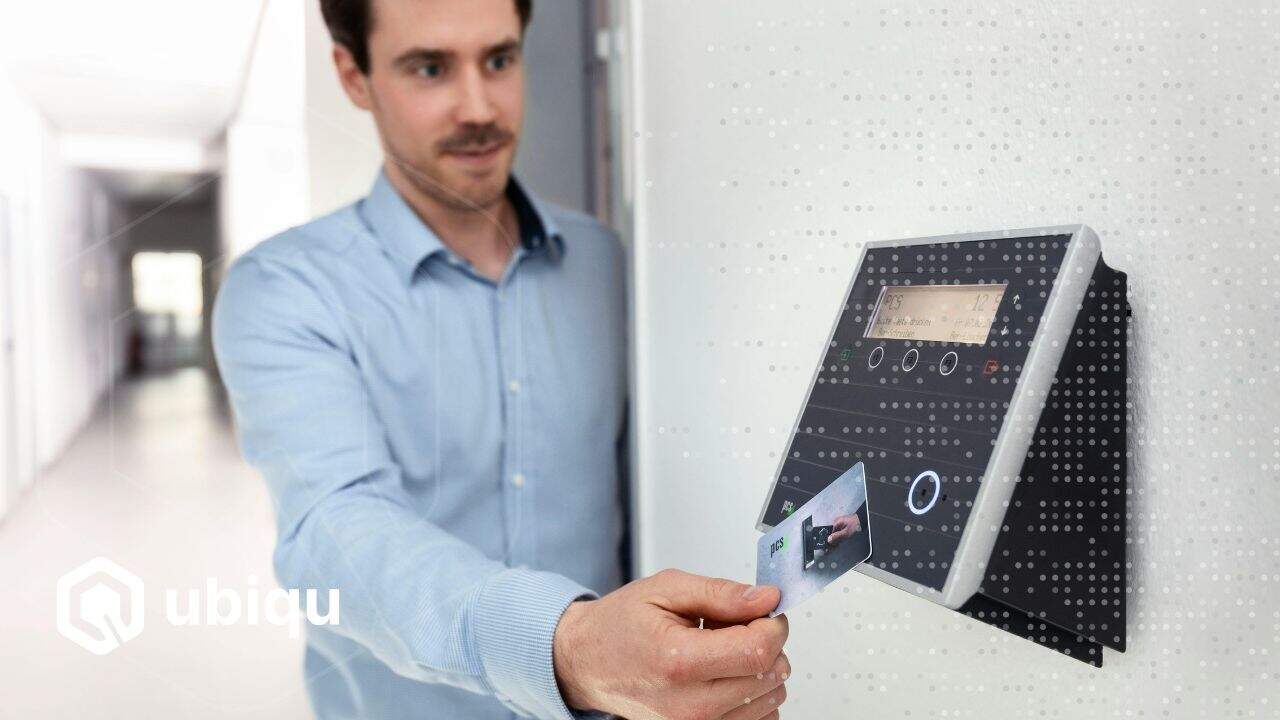In today’s high-stakes global environment, large organizations such as airports and ports face unprecedented challenges in securing their critical infrastructure. Traditional authentication methods relying on physical documents and tokens have become increasingly vulnerable to sophisticated security threats, creating an urgent need for more robust, interoperable, and technologically advanced security solutions.
The modern landscape demands a paradigm shift from conventional authentication approaches to digital systems that can guarantee not just security, but also efficiency and seamless integration. Large organizations are progressively recognizing that their security protocols must evolve beyond physical credentials, embracing digital technologies that offer real-time verification, enhanced traceability, and significantly reduced risks of fraud or unauthorized access.
This brings us to the question: how do we bridge digital and physical worlds while creating a European security standard?
The identity access management challenge
Traditional Identity and Access Management (IAM) solutions have become overly complex. As digital ecosystems expand, managing multiple systems with critical data is increasingly difficult. Cloud adoption, hybrid work, and third-party access further complicate secure data sharing, making it harder to for large organizations to enforce policies, ensure compliance, and maintain efficiency. These challenges manifest in several key areas:
- Complex security landscape: With a growing need for digital systems, organizations frequently discover that their existing IAM systems create significant security gaps, leaving critical infrastructure vulnerable to potential breaches. The administrative burden of managing multiple authentication protocols becomes increasingly unsustainable, consuming valuable resources and diluting security focus.
- Data sharing complexities: Secure information exchange remains a persistent challenge, with many organizations struggling to establish seamless and protected data-sharing mechanisms across internal departments and with external partners. This fragmentation not only hinders collaboration but also introduces potential security vulnerabilities.
- Compliance adaptability: Rapidly evolving regulatory environments demand IAM solutions that can quickly adapt to new compliance requirements. Traditional systems often require expensive and time-consuming overhauls, creating a significant technological and financial strain on organizations.
Ensuring high security with biometric identity verification
One of the solutions that organizations are looking to implement is biometric identity verifications. Biometric solutions provide a highly secure and reliable way to verify identity in an organizational context because they are based on unique physical and behavioral characteristics that are nearly impossible to replicate or forge. Unlike passwords, access cards, or physical ID documents, biometrics such as fingerprints, facial recognition, and iris scans are inherently tied to an individual and cannot be easily lost, stolen, or shared.
In large organizations where security and efficiency are paramount, biometrics streamline identity verification by removing the friction of manual checks and physical credentials. Airports, seaports, and corporate environments benefit from the speed and accuracy of biometric authentication, enabling seamless access control, reducing administrative burdens, and enhancing overall security. By integrating biometrics with digital identity solutions, organizations can ensure a higher level of trust while maintaining a smooth and efficient user experience.
Hamsa ID has developed a biometric solution that recognizes the combination of your palm prints and subcutaneous data to let you authenticate in physical access solutions or payments.
Implementing the organizational ID wallet
A digital identity wallet provides a modern, secure, and flexible approach to identity management. By enabling users to store and control their credentials digitally, organizations can reduce reliance on outdated authentication methods and move toward a faster, more scalable, and interoperable system. Ubiqu’s organizational ID wallet solution is designed to meet these needs, built on a zero-trust security architecture that enforces strict access controls and maintains comprehensive logging to ensure full accountability. Unlike traditional solutions that depend on specific hardware, Ubiqu’s Remote Secure Element delivers device independence, allowing users to securely authenticate from any device without compromising security. Additionally, in cases of lost or damaged devices, simple recovery mechanisms allow identities to be instantly reactivated on a new device, eliminating the risk of downtime or complex re-enrollment procedures.
For large organizations operating in high-security environments such as airports, ports, healthcare, and finance, a digital identity wallet not only strengthens security but also enhances efficiency by enabling seamless, persistent authentication across multiple systems and locations. By adopting a future-proof solution like Ubiqu’s, organizations can ensure they stay ahead of evolving security threats while providing a frictionless user experience for employees, partners, and customers.
While traditional IAM solutions will remain essential, digital identity wallets can serve as an additional layer, enhancing security and streamlining access management.
Combining biometric solutions with the digital identity wallet
What if we combine the biometric solution with the ID wallet? Combining biometric solutions with a digital identity wallet would create one of the most secure and efficient identity verification methods for organizations. Biometrics, such as fingerprints, facial recognition, or iris scans, provide a unique and non-replicable form of identity verification that ensures only the rightful owner can access sensitive systems or physical locations. When integrated with a digital identity wallet, this security is further enhanced by encrypted storage and real-time authentication, eliminating the risks associated with stolen credentials, phishing, or identity fraud.
This combination would also significantly improve user experience by eliminating the need for multiple passwords or physical security tokens, streamlining authentication for employees, contractors, and partners. It would enable secure and seamless access across different devices and locations, making it an ideal solution for high-security environments such as airports, financial institutions, and healthcare facilities. By leveraging biometrics within a digital identity wallet, organizations can achieve a future-proof, scalable, and highly secure authentication system that balances security with ease of use.
How Ubiqu Can Help
Ubiqu provides a white-label digital identity wallet solution compliant with eIDAS 2.0 High standards, tailored for organizations:
- Interoperability: Fully compatible with high-security wallets in public and private domains.
- Remote Secure Element technology: Ensures robust security with user-friendly PIN-based access.
- Customizable integration: Adapts seamlessly to healthcare workflows, supporting patient and provider needs.
With Ubiqu’s solution, organizations can lead the way in secure, efficient identity management.


